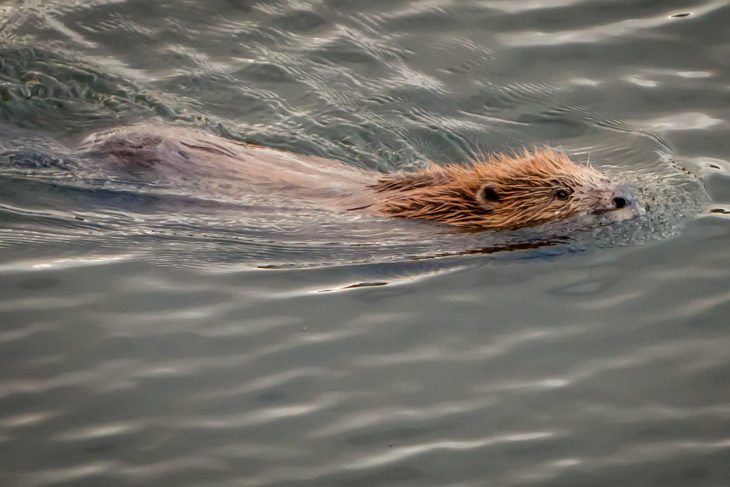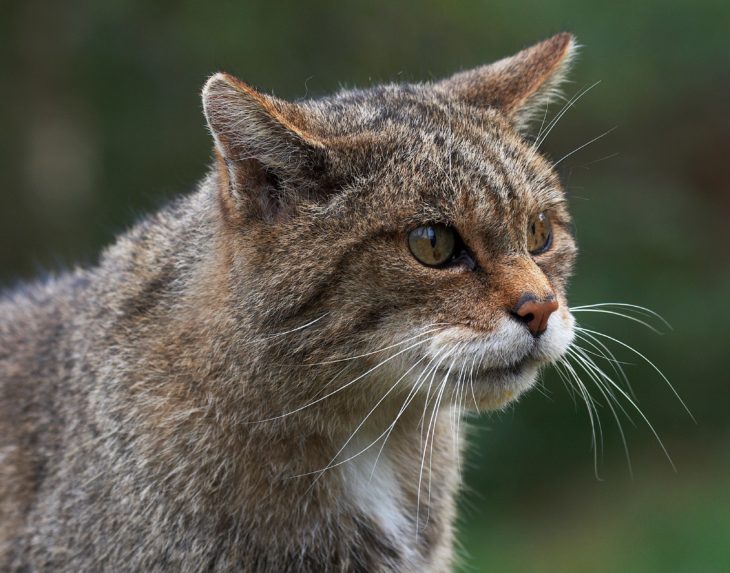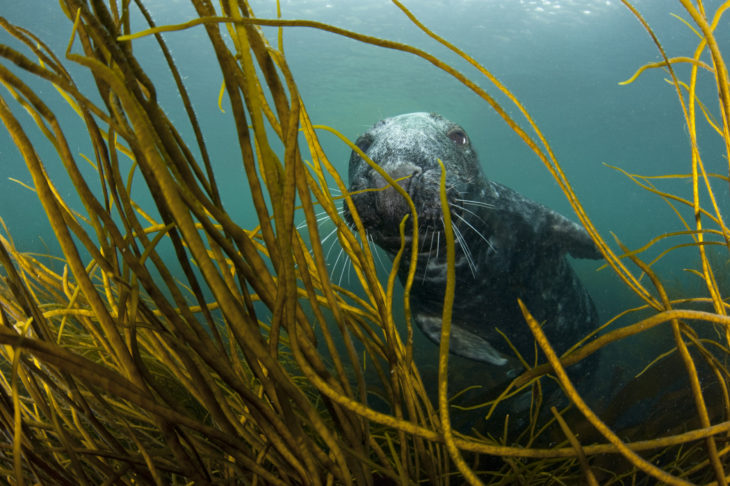Mammal Week – Scotland’s iconic mammals
This week is National Mammal Week, an annual week organised by the Mammal Society to celebrate British mammals and raise awareness of their conservation. So what better time to take a look at five of Scotland’s most iconic mammals:
1) The Eurasian Beaver – Castor fiber

If you were to travel back in time a few hundred years, the beaver would be a common sight in Scotland; it is a native species. Unfortunately, it had long been absent from this country after being hunted to extinction in the 1500’s. Thanks to the conservation efforts of the Scottish Beaver Trial, a small population is now thriving in Knapdale, on the West Coast. There is also a large population in Tayside, which can be viewed from the Loch of the Lowes Visitor Centre – you can even go on a dedicated Beaver Watch!
Beavers are a Keystone species – one that has a large impact on its environment, influencing the wildlife it can support and the working structure and functions of the local ecosystem. By chopping down trees and damming up waterways, the beaver creates a wetland habitat; one which is internationally rare and important. This habitat supports numerous other species, from insects and fish to small mammals and wetland birds – the beaver is a builder of incredibly good value!
2) The Scottish Wildcat – Felis Silvestris

While rumours of big cats abound, we can at least be confident that we have our very own Highland Tiger – the Scottish Wildcat. Undoubtedly one of our most endangered species, with estimates of less than 400 true wildcats left in the wild, this species needs our help. Similar to a tabby in appearance but noticeably “wilder”, with different markings and a broader tail – it can take a bit of practise to get the ID right.
One of the main threats to these animals is hybridisation with feral domestic cats. Hybrid kittens contain a mix of Wildcat and domestic cat DNA and so are not true Wildcats. To help reduce this threat, you can take part in Scottish Wildcat Action’s Supercat campaign – simply microchip, vaccinate and neuter your pet cats to prevent risk of hybridisation and transmission of disease.
3) The Bottlenose Dolphin – Tursiops truncates

Ask anyone in the UK where they need to go to see a dolphin and not many will say Scotland, yet we have our very own population here all year round! Not only that, our bottlenose dolphins are the biggest bottlenose dolphins in the World – at 4m they’re almost double the length, and have a thicker layer of blubber, than their counterparts that live in warmer waters.
A residential population of around 200 individuals lives on the east coast of Scotland, from the Moray Firth down to the coast of Edinburgh (and sometimes even further!), and another smaller population is found on the west coast. In the UK the main threats to these dolphins are disturbance and pollution. The Moray Firth is a Special Area of Conservation, put in place specifically to protect this population from such threats. You can see these dolphins from land, without even the need for binoculars – try viewing from Torry Battery in Aberdeen or catch a glimpse from the Scottish Wildlife Trust’s Spey Bay reserve, all year round!
4) The Grey Seal – Halichoerus grypus

There are two species of seal that live along our coasts, the other is the common (or harbour) seal. The two can be tricky to tell apart at first, but look for the long straight “Roman” nose of the grey seal and also judge the size – grey seals are much bigger.
Many people don’t realise it, perhaps because seals are a familiar sight to us, but the grey seal is globally a rare species. The UK is one of its strongholds – 40% of the World’s population live here with 90% of those being in Scottish waters. While numbers are a lot higher than they used to be, it’s important to keep helping this protected species in the face of threats such as pollution, shooting, and entrapment in fishing nets.
5) The Red deer – Cervus elaphus

The largest of Scotland’s land mammals, the red deer is an impressive sight in the Scottish landscape. Often seen in woodlands, they are equally happy in moorlands and hills and are an iconic image of the highlands. Tourists are attracted to these areas every year in the hope of witnessing the spectacle of the rut, and to see the magnificence of a mature stag. Along with Scotland’s other native deer species, the roe deer, the red deer is thriving here, with Scotland hosting the largest population of red deer in Europe.
Catherine Leatherland
People and Wildlife Officer
Help protect Scotland’s wildlife
Our work to save Scotland’s wildlife is made possible thanks to the generosity of our members and supporters.
Join today from just £3 a month to help protect the species you love.
Preface
This week is National Mammal Week, an annual week organised by the Mammal Society to celebrate British mammals and raise awareness of their conservation. So what better time to take …
